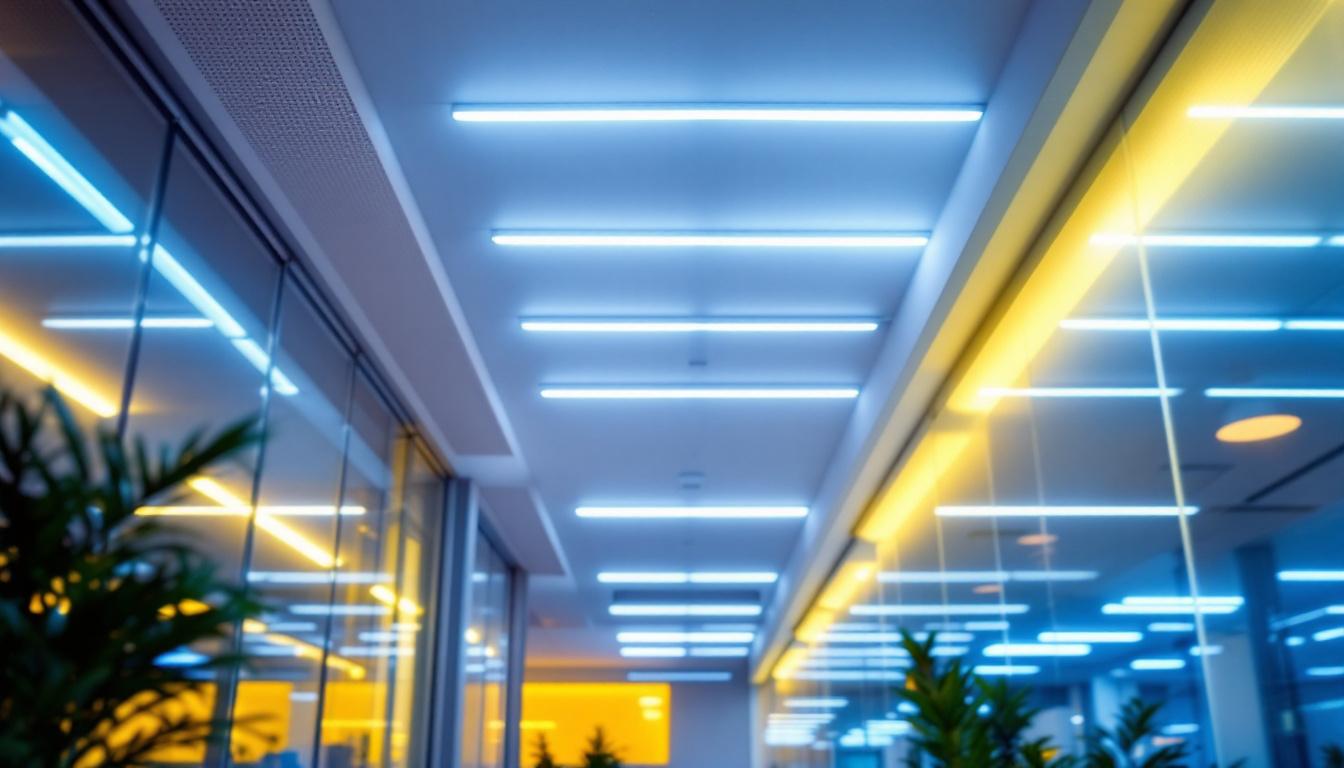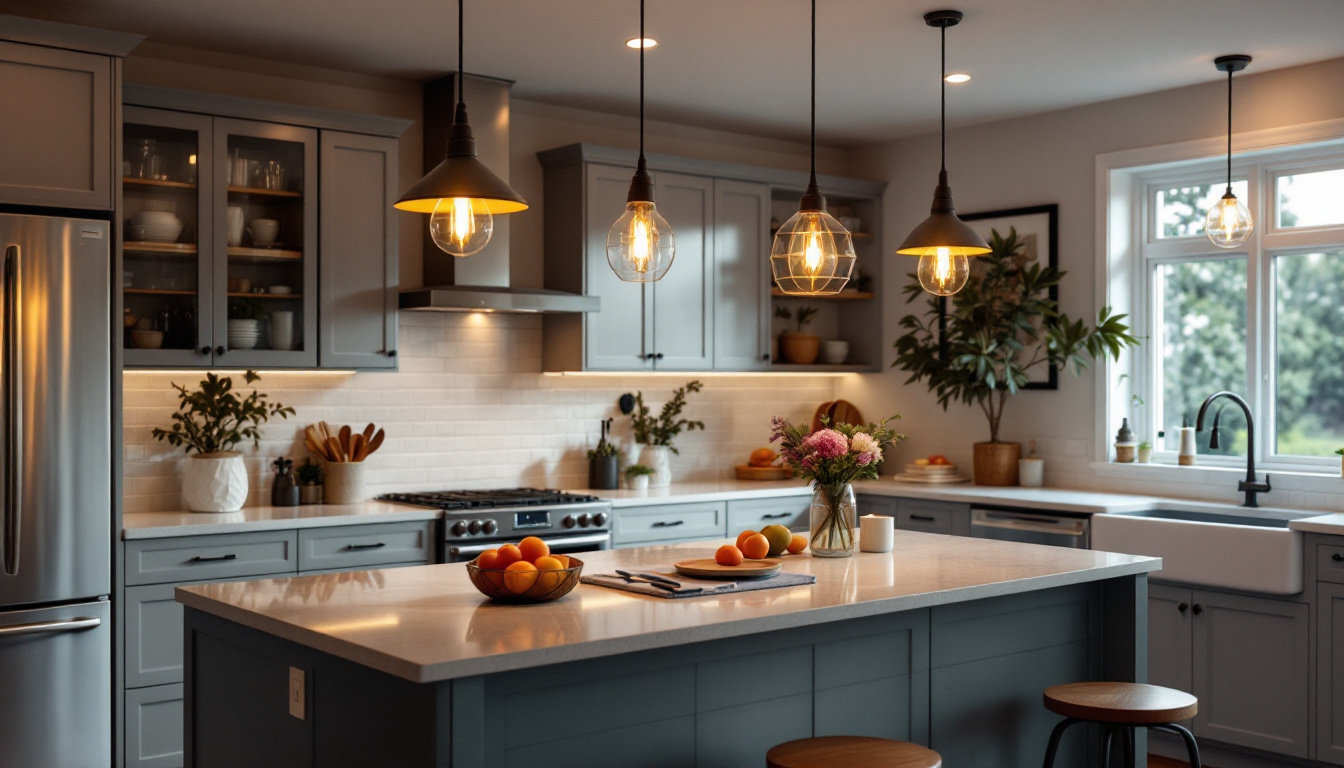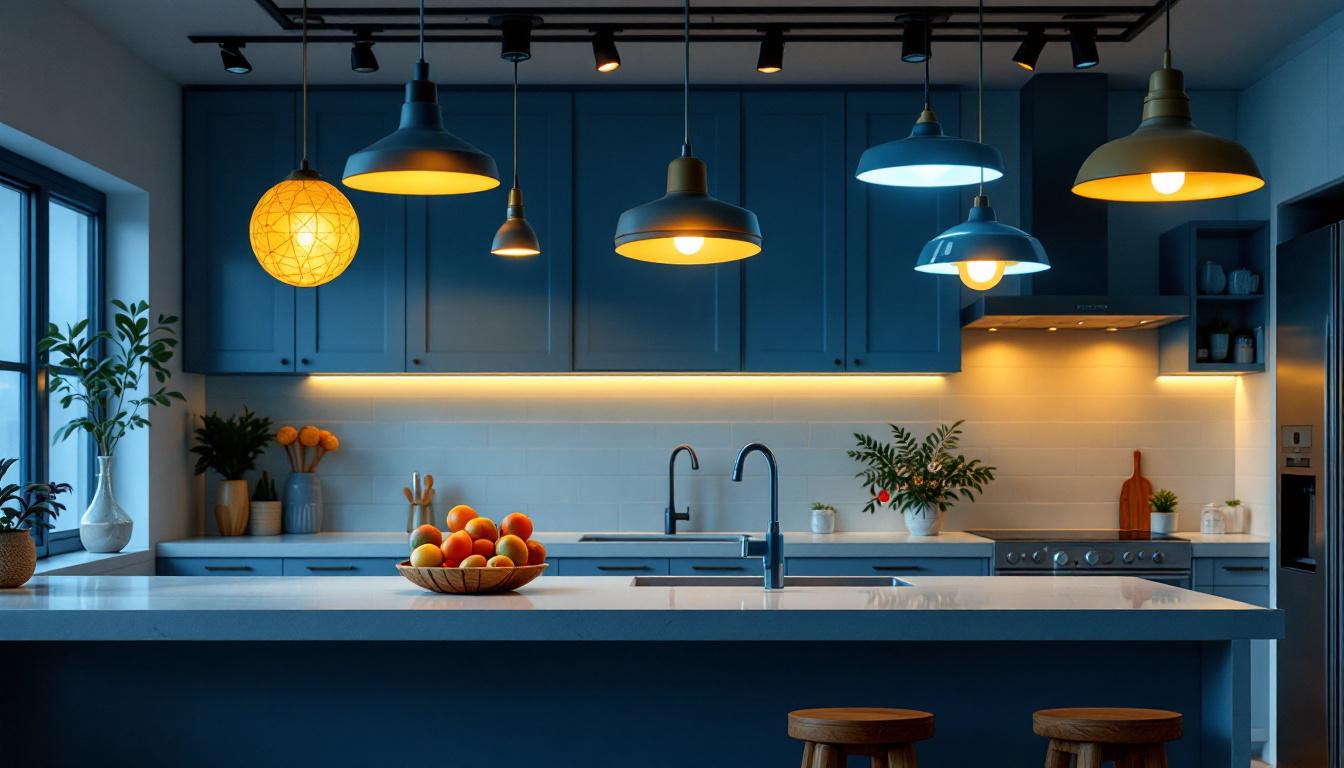
Fluorescent Troffer: Lighting Contractors’ Secrets to Master
In the world of commercial lighting, fluorescent troffers have long been a staple for their efficiency and versatility. For lighting contractors, mastering the intricacies of these fixtures can significantly enhance project outcomes and client satisfaction. This article delves into the essential aspects of fluorescent troffers, offering insights and secrets that can elevate a contractor’s expertise.
Fluorescent troffers are rectangular light fixtures designed to fit into a modular ceiling grid. They are commonly used in offices, schools, and retail spaces due to their ability to provide uniform illumination. Understanding the components and functionality of these fixtures is crucial for any lighting contractor. The versatility of troffers makes them a popular choice in various applications, from illuminating hallways to enhancing the visibility of merchandise in stores. Their design allows for easy installation and maintenance, making them a practical option for both new constructions and retrofitting existing spaces.
A typical fluorescent troffer consists of several key components: the housing, lens, ballast, and lamps. The housing is usually made of steel or aluminum, providing durability and a clean aesthetic. The lens can vary in design, with options such as prismatic or diffuse, affecting the distribution of light. Prismatic lenses are designed to refract light, minimizing glare and enhancing visual comfort, while diffuse lenses provide a softer, more uniform light output. These design choices can significantly impact the overall lighting quality in a space, making it essential for contractors to understand the specific needs of their clients.
The ballast is an essential part of the troffer, regulating the current to the lamps and ensuring they operate efficiently. Understanding the different types of ballasts—magnetic and electronic—is vital, as they can impact energy consumption and maintenance requirements. Electronic ballasts, for instance, are generally more energy-efficient and provide better light quality than their magnetic counterparts, often resulting in lower electricity bills and reduced heat output. Additionally, the lifespan of electronic ballasts tends to be longer, which can lead to fewer replacements and less downtime in commercial environments.
Fluorescent troffers can accommodate various types of lamps, including T8, T5, and T12. Each type has its own advantages and disadvantages regarding energy efficiency, light output, and lifespan. T8 lamps are the most common choice in modern installations due to their balance of efficiency and brightness. T5 lamps, while smaller in diameter, offer even greater energy savings and a higher lumen output per watt, making them an excellent choice for applications requiring bright, focused lighting. Conversely, T12 lamps are becoming increasingly obsolete due to their lower efficiency and are often replaced in retrofitting projects.
Contractors should also consider the color temperature of the lamps, as this can influence the ambiance of a space. Warmer temperatures (2700K-3000K) create a cozy atmosphere, while cooler temperatures (3500K-4100K) are ideal for work environments that require focus and clarity. Additionally, the color rendering index (CRI) of the lamps is an important factor; a higher CRI means that colors will appear more vibrant and true to life, which is particularly important in retail settings where product presentation is key. Understanding these nuances allows contractors to tailor their lighting solutions to meet the specific needs of each environment, enhancing both functionality and aesthetic appeal.
Proper installation is critical to maximizing the performance of fluorescent troffers. Lighting contractors must be well-versed in the best practices to ensure that the fixtures operate efficiently and meet client expectations.
Before installation, it is essential to assess the site and plan the layout of the troffers. Considerations should include the ceiling height, the spacing between fixtures, and the overall lighting design. A well-thought-out layout can prevent dark spots and ensure even illumination across the space.
Additionally, contractors should ensure that the electrical infrastructure is adequate to support the new fixtures. This may involve upgrading circuits or ensuring that the existing wiring meets current safety standards. It is also advisable to conduct a thorough inspection of the ceiling structure to confirm that it can support the weight of the troffers, especially in commercial settings where larger fixtures may be used. Furthermore, understanding the specific needs of the space—such as whether it is a workspace, retail area, or educational facility—can influence the choice of lumens and color temperature, ultimately enhancing the functionality of the lighting.
When it comes to mounting fluorescent troffers, the method can vary depending on the ceiling type. For grid ceilings, troffers can be easily dropped into place. However, for drywall ceilings, contractors may need to use additional mounting brackets to secure the fixtures properly. In some cases, it may be beneficial to use a flush mount for a sleeker appearance, which can also help in maintaining a clean aesthetic in modern designs.
Wiring is another crucial aspect of installation. It is essential to follow local electrical codes and regulations, ensuring that all connections are secure and that the ballast is correctly wired to the lamps. Proper wiring not only enhances safety but also improves the longevity of the fixtures. Additionally, contractors should consider using wire nuts or connectors that are rated for the specific load and environment to prevent any future electrical issues. Furthermore, testing the fixtures before finalizing the installation can help identify any potential problems early on, ensuring that the lighting system operates at peak efficiency from day one. This proactive approach can save time and resources in the long run, making it a wise practice for any installation project.
Even the best-installed fluorescent troffers may require maintenance over time. Understanding common issues and their solutions can save contractors time and enhance their reputation for reliability.
One of the most common issues encountered with fluorescent troffers is flickering lights. This can be caused by a failing ballast, loose connections, or aging lamps. Contractors should be equipped to diagnose these problems quickly, as flickering can be a nuisance and may indicate a larger electrical issue.
Another frequent concern is uneven lighting. This can result from improper installation or the use of incompatible lamps. Contractors should regularly assess the performance of the fixtures and make adjustments as needed to maintain optimal lighting conditions.
To extend the lifespan of fluorescent troffers, regular maintenance is essential. This includes cleaning the lenses and fixtures to remove dust and debris that can obstruct light output. Additionally, contractors should schedule periodic checks of the electrical components to ensure everything is functioning correctly.
Replacing lamps and ballasts as needed is also crucial. Keeping a stock of commonly used lamps can help contractors respond quickly to client needs, minimizing downtime and ensuring consistent lighting quality.
As energy efficiency becomes increasingly important in the lighting industry, fluorescent troffers have evolved to meet these demands. Understanding energy-efficient options can help contractors provide clients with sustainable solutions.
One of the most effective ways to enhance the energy efficiency of fluorescent troffers is through LED retrofits. LED lamps consume significantly less energy than traditional fluorescent lamps and have a longer lifespan, making them an attractive option for clients looking to reduce their energy costs.
Contractors should be aware of the various LED retrofit kits available, which can transform existing fluorescent troffers into energy-efficient lighting solutions. These kits often include new drivers and fixtures designed to maximize light output while minimizing energy consumption.
Many regions offer incentives for businesses that upgrade to energy-efficient lighting systems. Contractors should stay informed about local rebates and tax credits that can benefit their clients. This knowledge not only helps clients save money but also positions contractors as knowledgeable professionals in the field.
Design plays a crucial role in the effectiveness of fluorescent troffers. Lighting contractors must consider aesthetics and functionality when selecting and installing these fixtures.
Fluorescent troffers can be integrated seamlessly into a broader lighting design strategy. Contractors should work closely with clients to understand their vision for the space and recommend troffer configurations that complement other lighting elements, such as task lighting and accent lighting.
Additionally, the placement of troffers should be strategic, taking into account natural light sources and the intended use of the space. By creating a cohesive lighting plan, contractors can enhance the overall atmosphere and functionality of the area.
Many manufacturers offer customization options for fluorescent troffers, allowing contractors to tailor fixtures to meet specific project requirements. This can include variations in color, lens type, and wattage. By offering customized solutions, contractors can better address the unique needs of their clients.
Furthermore, incorporating smart lighting controls can enhance the functionality of fluorescent troffers. Options such as dimmers, occupancy sensors, and daylight harvesting systems can provide clients with greater control over their lighting environment, further improving energy efficiency and user experience.
As the lighting industry continues to evolve, fluorescent troffers remain a vital component of commercial lighting solutions. By mastering the secrets of these fixtures, lighting contractors can enhance their skills and provide exceptional service to their clients.
From understanding the components and installation techniques to embracing energy efficiency and design considerations, a comprehensive knowledge of fluorescent troffers can set contractors apart in a competitive market. By staying informed and adapting to new technologies and trends, lighting contractors can ensure their success in the ever-changing landscape of commercial lighting.
In conclusion, the mastery of fluorescent troffers is not just about technical knowledge; it is also about understanding the needs of clients and delivering solutions that enhance their spaces. With the right approach, lighting contractors can turn fluorescent troffers into a powerful tool for creating effective, efficient, and aesthetically pleasing environments.
Ready to take your lighting projects to the next level with the expertise you’ve gained on fluorescent troffers? Look no further than LumenWholesale for all your lighting needs. We provide lighting contractors with exceptional, spec-grade lighting products at prices that can’t be beaten. Say goodbye to the middleman and hello to high-quality, cost-effective solutions for your commercial lighting installations. With our vast selection of top-tier products and the convenience of free shipping on bulk orders, you can ensure every project shines without breaking the bank. Elevate your lighting game and discover the best value in wholesale lighting today!

Discover essential tips and techniques for lighting contractors to excel in wire connections.

Discover innovative hacks for smart lighting contractors to enhance outdoor spaces with large solar lights.

Discover how to transform your kitchen island into a well-lit, efficient workspace with expert tips on optimizing island kitchen lighting.

Discover the often-overlooked aspects of ceiling kitchen light fixtures that even seasoned lighting contractors might miss.